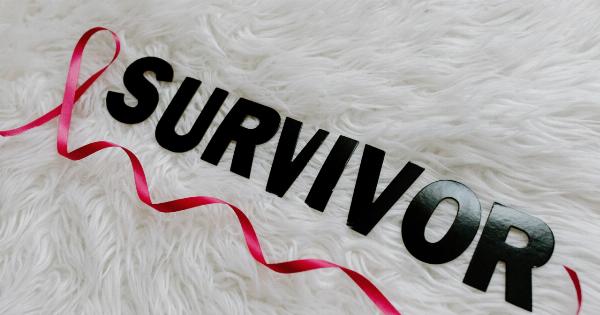Breast cancer is one of the most common types of cancer in women. It is a major public health concern and research into its causes, treatment and management is crucial.
One of the most effective ways of gathering and analysing data related to breast cancer is through the creation of a database.
What is a database?
A database is a collection of electronic records or data that can be easily accessed, organized, searched, manipulated and updated.
Databases are commonly used in various fields like healthcare, finance, business and other industries to manage data and provide insights for decision-making.
Importance of a breast cancer research database
A breast cancer research database is an invaluable tool that can be used by professionals and researchers in the field to track and analyze data on various aspects of breast cancer such as risk factors, diagnosis, prognosis, and treatment.
A good breast cancer research database can provide insights into potential treatments, outcomes, and effectiveness of various interventions. It can also be used to identify gaps in knowledge, emerging trends and research areas that need to be explored.
Creating a breast cancer research database
In order to create a breast cancer research database, a few steps need to be followed. First, we must identify the key elements that need to be included in the database.
For example, it should include patient data such as age, sex, and medical history, as well as information about the type and stage of cancer, the treatment received, and the response to treatment.
Once the key elements have been identified, the data must be collected. This can be done through a variety of methods such as electronic health records, surveys, or other forms of data collection.
It is important to ensure that the data collected is accurate, complete, and relevant to the research being conducted.
The next step is to organize the data in a way that is easy to access and search. This can be done using a database management system (DBMS) such as SQL.
The DBMS allows us to create a structure for the data, define relationships between the various elements, and create queries that can be used to extract the data for analysis.
Benefits of a breast cancer research database
A well-designed breast cancer research database has several benefits. Firstly, it enables researchers to easily identify and access information about patients with breast cancer, which can help them to design better studies and interventions.
Additionally, it allows researchers to analyze large amounts of data quickly, which can help identify trends and patterns that may not be obvious from smaller datasets. Finally, it can help researchers to collaborate with others in the field by sharing their data and insights.
Challenges in creating a breast cancer research database
There are several challenges that must be overcome when creating a breast cancer research database. Some of these include:.
Data quality
The quality of the data collected is critical to the success of the project. The data must be accurate, reliable, and relevant to the research question being addressed.
Privacy and security concerns
The data collected must be protected to ensure that patient privacy is maintained. Adequate measures must be put in place to ensure that the data is secure and cannot be accessed by unauthorized persons.
Standardization
Standardization is important to ensure that the data is consistent across different sources. This can be a challenge when collecting data from different clinics, hospitals, and research centers.
Data sharing
Data sharing is essential for optimal use of the database. However, there may be legal or ethical concerns surrounding the sharing of patient data.
It is essential to address these concerns in advance to ensure that the data can be shared safely and effectively.
Conclusion
The creation of a breast cancer research database is an important step in advancing our understanding of this disease.
By collecting, organizing, and analyzing relevant data, we can gain insights into the disease, identify gaps in knowledge, and develop more effective treatments. However, there are several challenges to overcome in creating and managing such a database. By addressing these challenges, we can create a valuable resource for researchers and healthcare professionals in the fight against breast cancer.




























